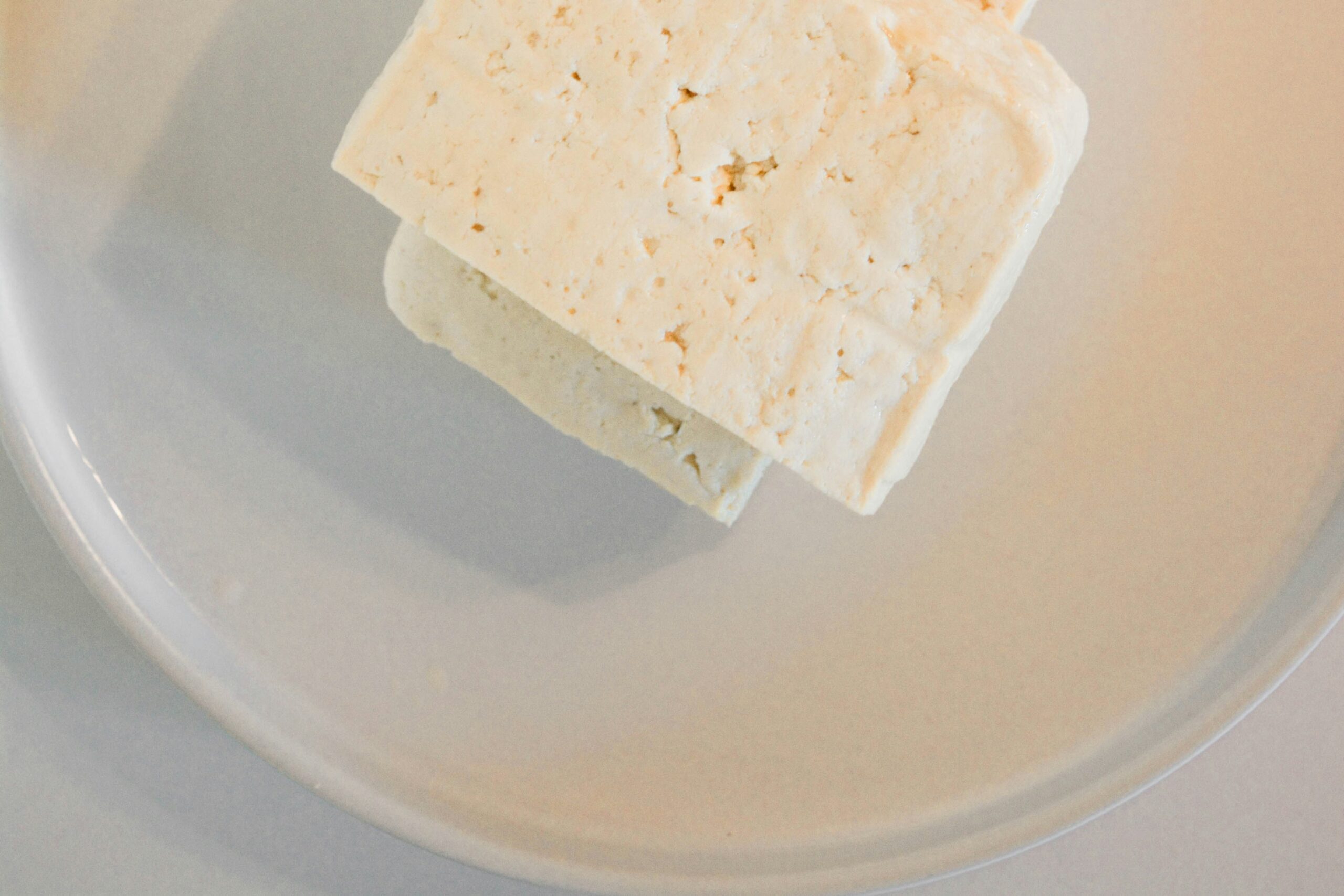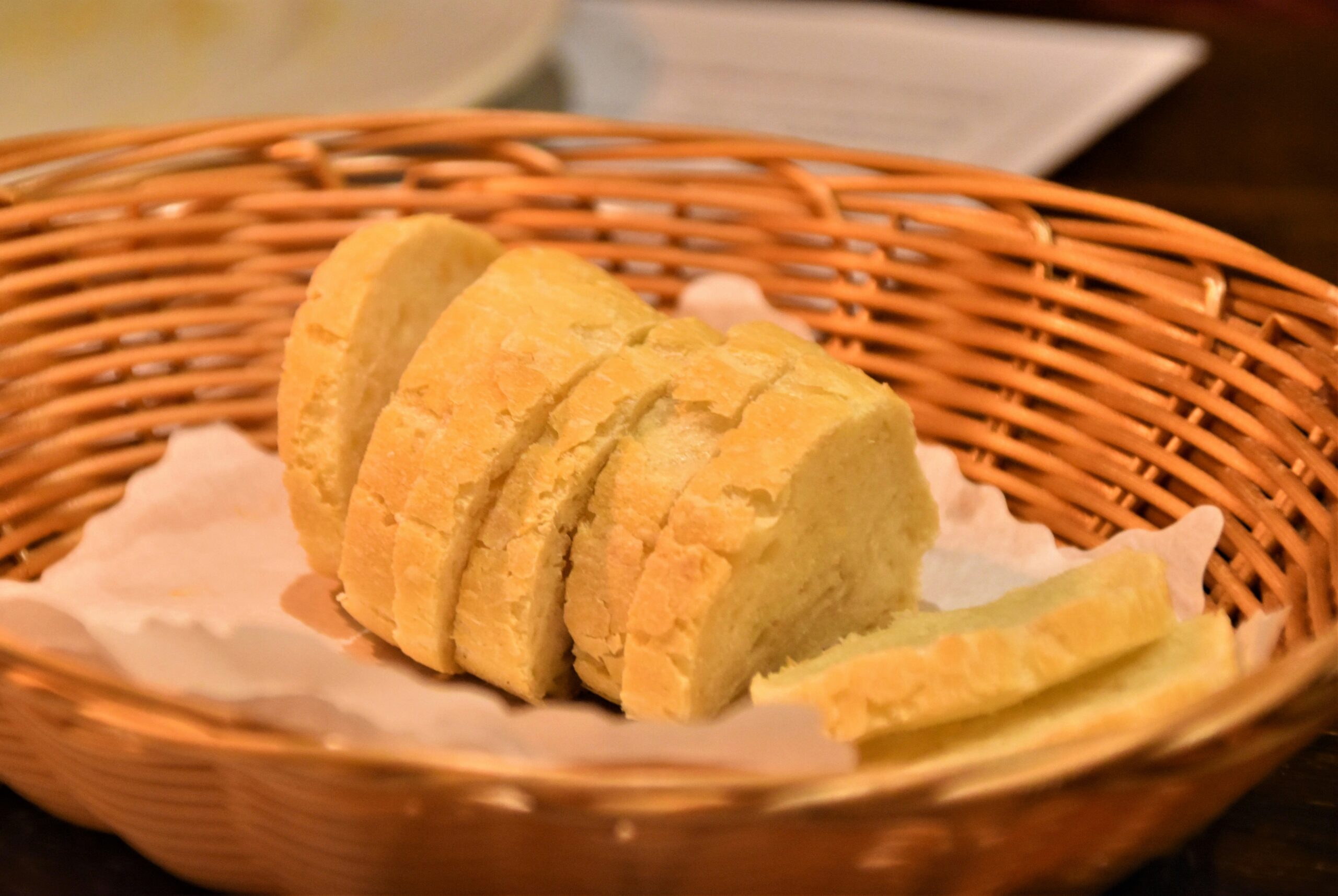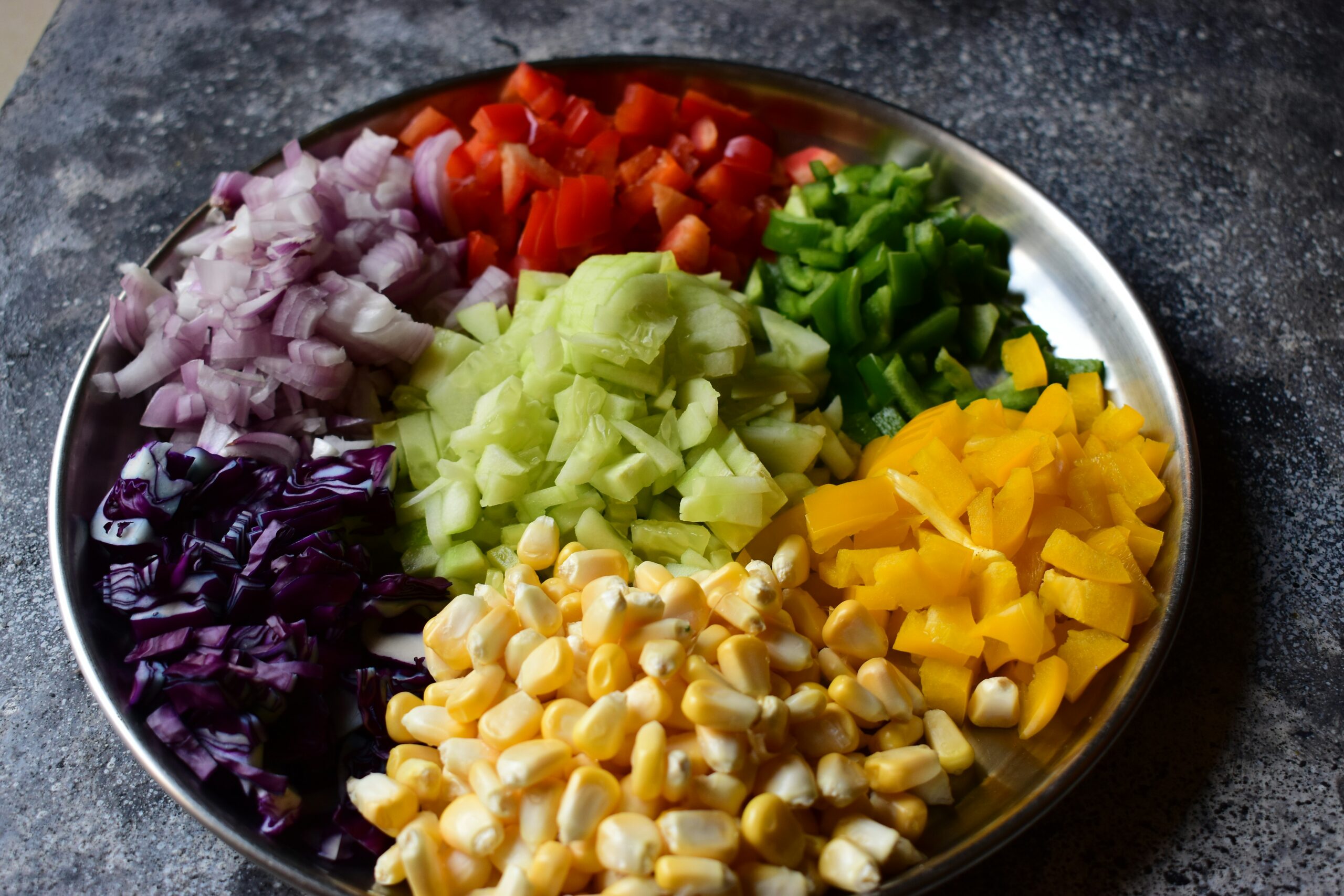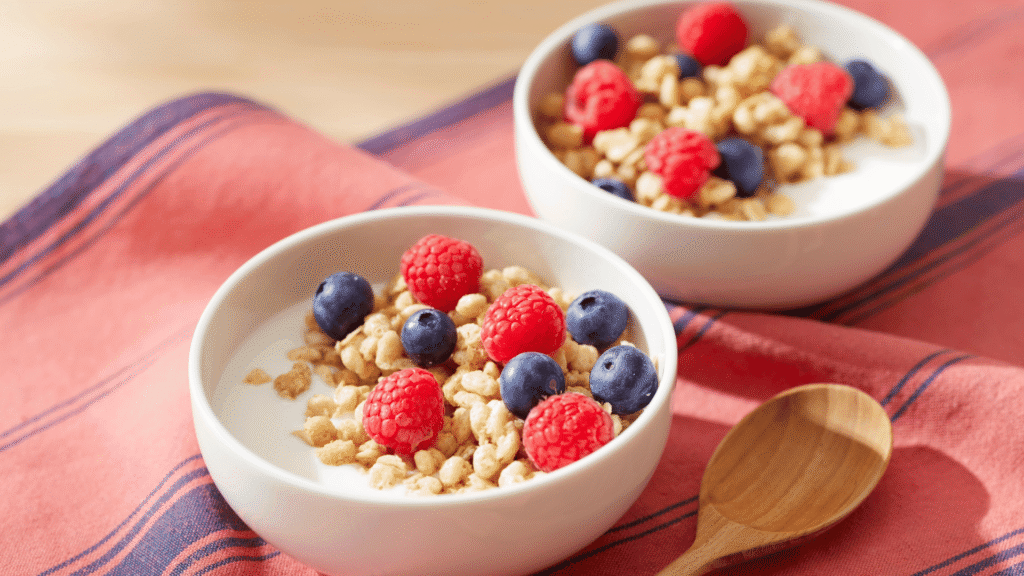When your baby reaches a certain age, introducing complementary foods known as MPASI in Indonesia becomes an essential milestone in their development journey. This is when your child starts exploring new tastes, textures, and nutrients beyond breast milk or formula.
What is MPASI?
MPASI stands for Makanan Pendamping ASI, or complementary foods to breast milk. It marks the stage when a baby begins to consume solid foods alongside breast milk or formula. The goal is to provide essential nutrients that support optimal growth and development.
Benefits of MPASI for Children
Introducing MPASI at the right time offers several key benefits:
- May help prevent food allergies: Early introduction to a variety of foods may reduce the risk of developing food allergies later on.
- Provides additional nutrition: Babies need more than just milk as they grow. MPASI fills in the nutritional gaps.
- Develops eating skills: MPASI helps babies learn how to chew, swallow, and eventually feed themselves using their hands or utensils.
- Introduces new tastes and textures: This stage exposes babies to a variety of flavors and textures, building a healthy and adventurous palate.
- Supports motor skill development: Grasping spoons or picking up food enhances both fine and gross motor skills.
When Should Your Baby Start MPASI?
Most babies are ready to start MPASI between 4 to 6 months of age. But every child is different, so it’s important to watch for signs of readiness, such as:
- Sitting up with minimal support
- Showing interest in what adults are eating
- Able to hold their head up steadily
- Opening mouth or leaning forward when food is offered
First MPASI Food Recommendations
Start with soft, easily digestible foods. Here are some ideal first MPASI options:
1. Baby cereal
Choose iron-fortified baby cereal and mix with breast milk or formula.
2. Vegetables
Steamed and mashed carrots, potatoes, pumpkin, or spinach are great starters.
3. Fruits
Mash or blend bananas, apples, or pears for natural sweetness and nutrients.
Healthy MPASI Food Types
As your baby gets used to solids, offer a wider variety of foods that meet their nutritional needs:
1. Protein
Finely minced or pureed beef, chicken, fish, or tofu.

Photo by Christina Deravedisian di Unsplash
2. Carbohydrates
Soft rice, pasta, bread, or baby cereals for energy.

Photo by Waldemar Brandt di Unsplash
3. Vegetables
Broccoli, green beans, spinach, and pumpkin steamed and mashed.

Photo by Ritojnan Mukherjee di Unsplash
4. Fruits
Bananas, apples, mangoes, or strawberries (cut or mashed).

Photo by Karolina Kołodziejczak on Unsplash
5. Dairy
Yogurt or cheese can be introduced (with doctor’s advice) after 6 months.

Photo by amirali mirhashemian on Unsplash
⚠️ Important
Always introduce one new food at a time and wait a few days before trying another. This helps detect possible food allergies.
Final Thoughts
Every child develops differently. Observe your baby’s reactions, appetite, and readiness. Don’t rush introducing MPASI is a learning process for both parent and baby. Always consult your pediatrician or a nutrition expert for personalized guidance.
Starting MPASI isn’t just about feeding it’s about nurturing growth, curiosity, and healthy habits from the very beginning.n dengan dokter atau ahli gizi untuk mendapatkan saran yang tepat sesuai dengan kondisi dan kebutuhan anak Anda.






2 Comments
Bonus Backlinks
November 18, 20258:46 am
That is the suitable blog for anyone who needs to search out out about this topic. You understand so much its virtually hard to argue with you (not that I truly would need…HaHa). You undoubtedly put a brand new spin on a subject thats been written about for years. Nice stuff, simply great!
Bonus Backlinks
November 20, 202512:34 am
There are some interesting deadlines on this article but I don’t know if I see all of them center to heart. There’s some validity but I’ll take maintain opinion until I look into it further. Good article , thanks and we would like extra! Added to FeedBurner as nicely